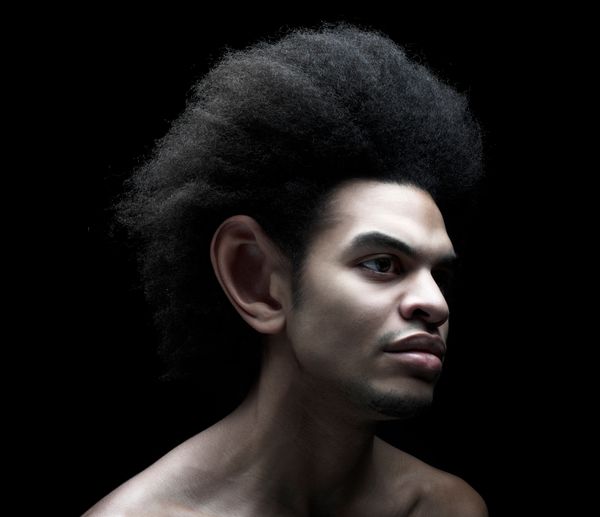
There was a time when hearing aids may have seemed to many people like clunky, uncomfortable gadgets that were awkward to wear and advertised to the world that you had trouble hearing.
But today, you might not even realize that the person next to you is wearing a pair of devices so small and thin that they're mostly hidden behind the earlobes. You might be even more surprised to discover that the person can adjust those hearing aids with a few taps on a smartphone app — to make it easier to hear what you're saying in a crowded, noisy environment.
Advertisement
"There's a cool factor for hearing aids," explains Dr. Hope Lanter. "They're significantly better, smaller, streamlined." Lanter is the lead audiologist for hear.com, an online source for hearing aids from various manufacturers, which also offers access to a nationwide network of audiologists who can provide in-person testing and guidance.
One example of the trend: Hear.com has launched its own state-of-the-art product, the horizon, developed in partnership with engineers from hearing aid maker Signia, according to a press release. Hear.com describes the device using lingo that brings to mind a commercial for an imported SUV: "sleek, sexy and nearly invisible design with cutting-edge features and unparalleled power."
In addition to using an algorithm to improve speech clarity, the horizon also is designed to interact with smartphones and other devices, to handle phone calls, and stream podcasts, audiobooks and audio from TV.
Other hearing devices on the market have intriguing features as well. The Livio AI hearing aid, for example, utilizes artificial intelligence and integrated sensors, and not only makes it easier to hear what people are saying, but also works with a smartphone app to track physical and brain activity. It even has a feature that translates foreign languages for wearers.

Advertisement


